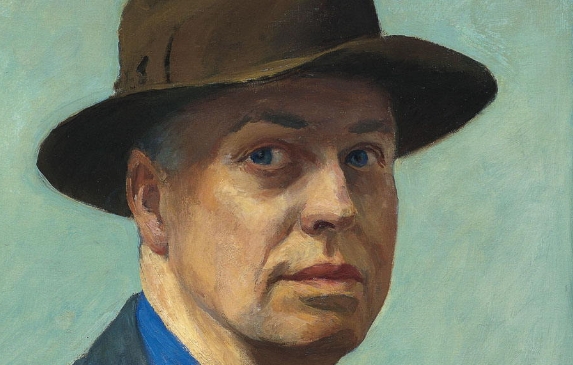Edward Hopper, a renowned American realist painter, is known for his enigmatic and atmospheric depictions of urban life. One of his lesser-known works is his self-portrait, which offers a glimpse into the artist’s psyche and creative process.
Capturing the Essence of Isolation
In Hopper’s self-portrait, we see a solitary figure standing against a dark background. The use of shadow and light creates a sense of isolation and introspection, hinting at the artist’s inner turmoil. The figure’s expression is cryptic, inviting viewers to ponder the emotions behind the stoic facade.
A Glimpse into the Artist’s Mind
Hopper’s self-portrait provides a rare insight into the artist’s psyche, reflecting his reserved and introspective nature. The choice of a self-portrait as a subject suggests a desire for self-reflection and self-examination, lending a sense of vulnerability to the painting.
The Power of Minimalism
Hopper’s self-portrait is characterized by its minimalist approach, with a limited color palette and simple composition. By stripping away unnecessary details, Hopper creates a sense of ambiguity and mystery, allowing viewers to project their own emotions and interpretations onto the painting.
A Timeless Exploration of Identity
Through his self-portrait, Hopper delves into the complex relationship between identity, creativity, and solitude. The enigmatic nature of the painting challenges viewers to contemplate the essence of self and the elusive nature of artistic expression.
In conclusion, Edward Hopper’s self-portrait is a powerful and enigmatic work that invites viewers to explore the artist’s inner world. Through its minimalist aesthetic and cryptic portrayal of solitude, the painting offers a timeless reflection on the nature of identity and creativity.



